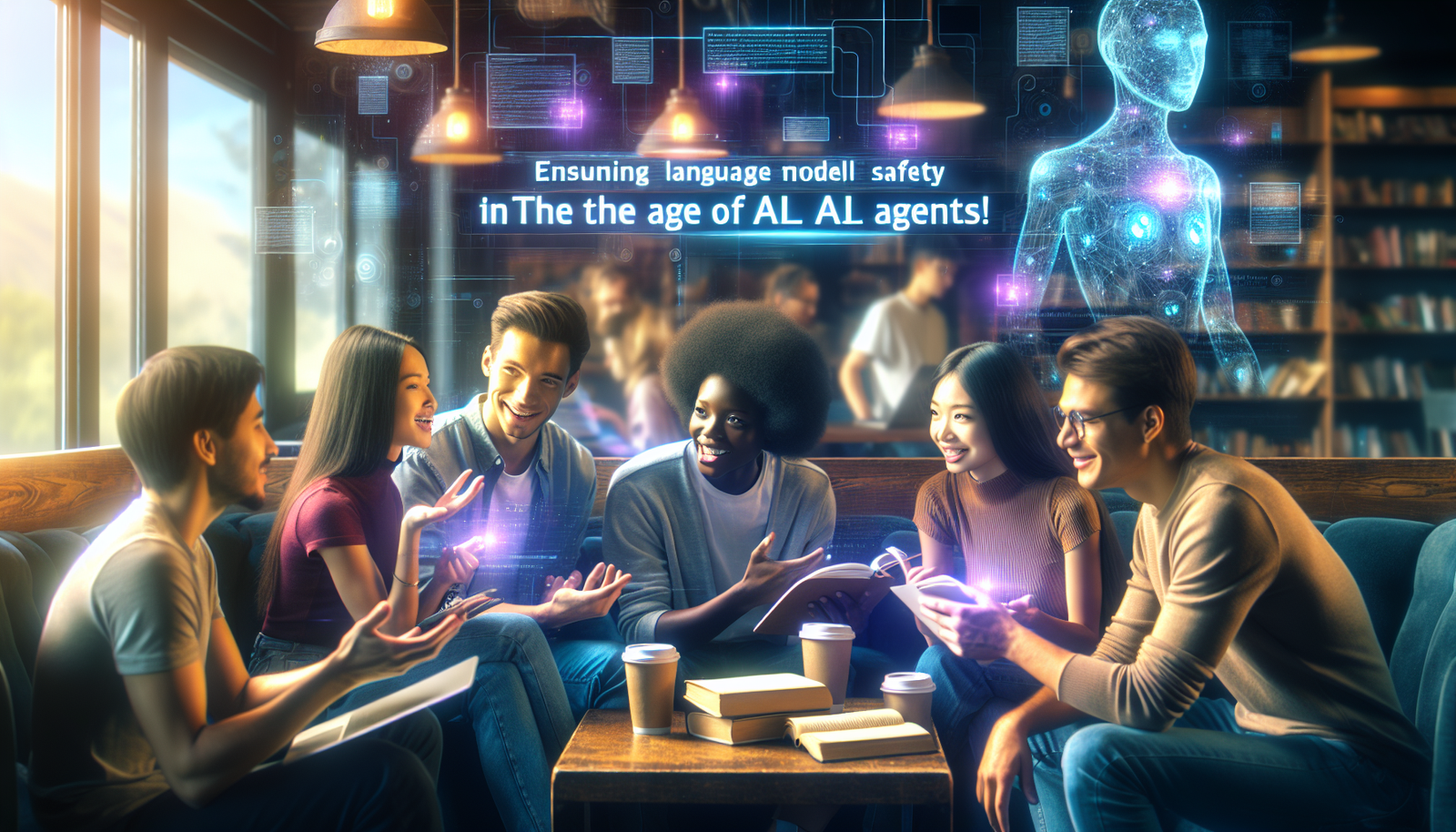Ensuring the security of language models becomes imperative in the complex universe of artificial intelligence agents. The rapid adoption of these technologies raises significant issues, such as _model theft_ and _data manipulation_. Companies must anticipate these growing threats by integrating robust cybersecurity strategies. Navigating this digital landscape requires reactive and preventive measures to protect the integrity of developed AI systems. A deep understanding of vulnerabilities is essential, as well as the establishment of appropriate defense mechanisms.
Emerging threats to the security of language models
The rapid advancement of generative AI poses significant risks to companies. The malicious exploitation of language models can have dramatic consequences. Among the most concerning threats are prompt injections, a technique allowing malicious individuals to direct models to obtain biased or erroneous results. This manipulation of data represents a relevant avenue for compromising the integrity of systems.
Another issue lies in the alteration of training data. Attackers can introduce malicious content into datasets, thereby affecting the ethical behavior and performance of models. This phenomenon raises concerns about the health of the data used for machine learning.
Solutions to counter risks
In the face of these threats, implementing security strategies remains necessary. A two-pronged approach should be adopted to guard against prompt injections. On one hand, “Smart Defense” mechanisms rely on machine learning algorithms. They intelligently detect intrusion attempts. On the other hand, “Deterministic Defense” mechanisms include various filtering techniques and instruction defenses, thereby reducing the risk of malicious exploitation.
Protecting training data involves a rigorous process of identifying, verifying, and sanitizing datasets. Suitable cleaning pipelines, based on artificial intelligence, can eliminate sources of compromising data. Thus, the quality of the data is preserved, which conditions the performance of the models.
Robustness of the supply chain
The vulnerabilities present in the application supply chain using language models must also be assessed. Each component or service used can become a prime target for cyberattacks. These could lead to data breaches or ransomware. Security must be integrated at every stage of the application lifecycle, including regular assessments to identify potential security flaws in third-party models.
Access control to models
Model theft is a critical pitfall. Large language models may be compromised, stolen, or copied, jeopardizing companies’ intellectual property. Strict access control to models is therefore essential. Implementing multi-factor authentication and regular audits enhances the security of systems, thereby preventing attempts at attacks.
Secure training environments
The security of training environments represents another dimension not to be overlooked. Sensitive information can be disclosed if these environments lack adequate protection. Techniques for masking sensitive data, such as personal information and protected data, must be applied. A prudent replacement of sensitive data before its use by language models limits the risk of leaking critical information.
Legitimacy of adopting generative AI
Trust in generative AI must be cultivated to encourage its adoption. Companies committed to these best practices enhance their resilience to cyber threats. The efficiency of language models depends not only on their power but also on the measures implemented to counter potential attacks.
With the emergence of autonomous agents, the need for a secure architecture becomes imperative. These systems must preserve the integrity of data and promote a thoughtful and responsible adoption of artificial intelligence. Security concerns will remain central for organizations wishing to harness the benefits of this revolutionary technology.
Frequently asked questions about the security of language models in the era of artificial intelligence
How to protect language models against prompt injections?
It is essential to adopt a two-pronged strategy combining intelligent defense mechanisms, such as machine learning to detect malicious inserts, and deterministic approaches, such as filtering based on deny lists, to secure model inputs.
What are the best practices to secure the training data of language models?
Datasets should be rigorously identified, verified, and sanitized. Using AI-assisted cleaning pipelines helps eliminate unreliable data sources, thereby reducing the risks of bias and vulnerabilities.
How to prevent model theft in generative AI?
To prevent model theft, access must be strictly controlled. Implementing multi-factor authentication and conducting regular audits are crucial measures to secure proprietary models.
What types of supply chain vulnerabilities can affect language models?
Vulnerabilities can arise from third-party components or services used, thereby compromising the integrity and security of the application. It is recommended to adhere to strict security standards at each stage of the application lifecycle.
How to secure the training environments of language models?
Securing training environments should include masking sensitive data to prevent the disclosure of critical information. This ensures adequate protection of algorithms and personal information.
Why is it crucial to ensure the security of language models in the era of AI agents?
With the rise of autonomous agents, it is vital to protect the integrity of data and models to prevent potential abuses and maintain a responsible approach to the adoption of generative AI.






